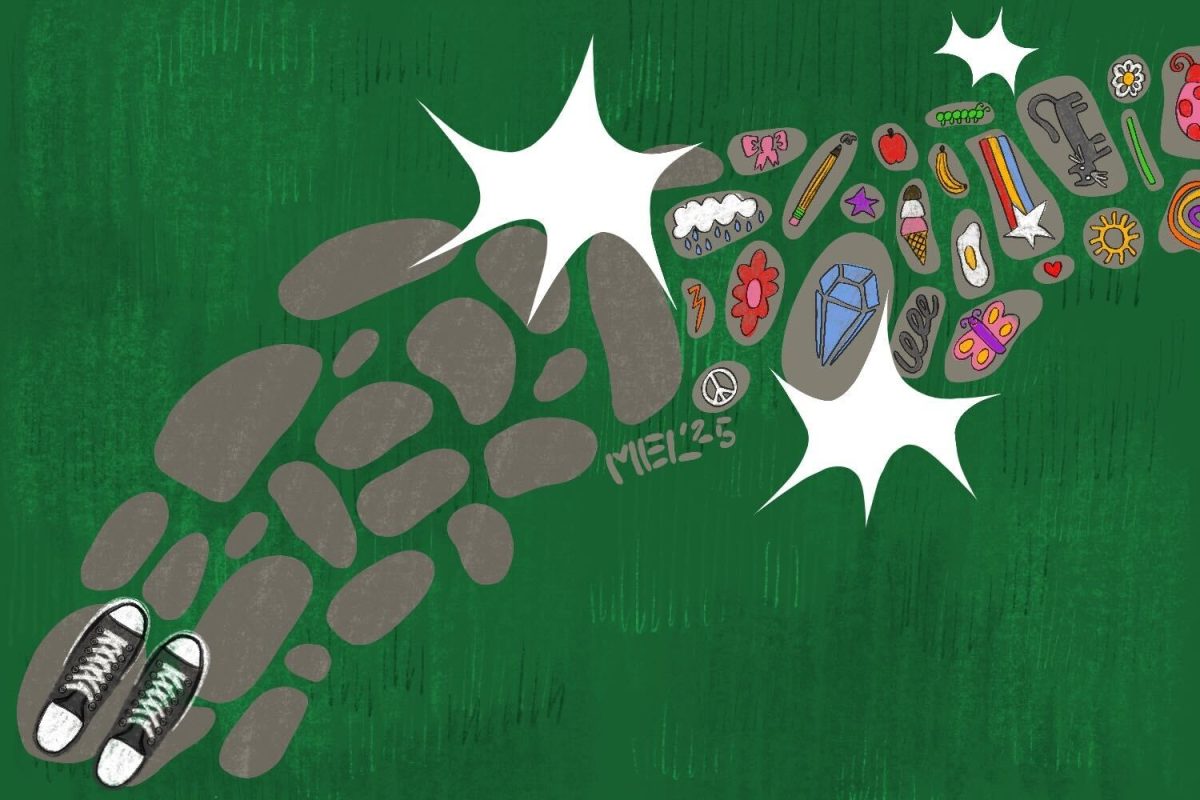Iran and North Korea are the two pariahs in the international system, designated as such for breaking the unwritten rule forbidding pursuit of nuclear weapons without the consent of the world’s nuclear powers. North Korea’s chauvinistic, irredentist and overall bombastic foreign policy has cemented itself as an international isolate for decades to come. Iran, however, has began normalization of relations with the outside world after Iran signed a nuclear deal in 2015 (called the JCPOA — Joint Comprehensive Plan of Action) with the “P5+1” (the five permanent members of the UN Security Council plus Germany).
In Iran, the deal in 2015 ended the crippling sanctions imposed on Iran which had been active since the Islamic Revolution in 1979. Despite the protestations of Republicans at the time, the deal has been by all empirical measures a complete success and represents the pinnacle of diplomacy; there has been no evidence that Iran is violating the strict regulations laid out in the JCPOA. Three years later, however, the JCPOA is on the precipice of collapse thanks to Donald Trump and new national security advisor John Bolton.
The hawkish rhetoric emanating from the White House threatening to withdraw the United States from the JCPOA may be a cacophonous barrage of nativism and isolationism, but to the Chinese it sounds like a sweet symphony of opportunity. While China had been a willing participant in the Iranian sanctions pre-JCPOA, relations between the two Asian powers were always amicable during the from 1979 to 2015. China’s association with the third world and fellow developing nations, shared history with Iran as being a victim of Western imperialism and general policy of nonintervention are all key differentiating factors between China and the rest of the P5+1 in Iran’s eyes.
Even before the JCPOA, trade between the two nations was blossoming. From 2000 to 2014, China’s share of Iran’s exports increased from 4 percent to 49 percent, and its share of imports increased from 5.1 percent to 45 percent. With the elimination of sanctions, however, this relationship is ready to explode. In January of 2016, Chinese President Xi Jinping and Iranian President Hassan Rouhani announced plans to increase trade nearly 1,000 percent from $52 billion to $600 billion over the next 10 years. Furthermore, China has invested heavily in developing Iranian infrastructure.
There are two major reasons why China is so involved in Iran. First and most evidently is the economic benefit of having close ties with Iran. China’s flagship project the One Belt One Road Initiative (OBOR), which has been referred to as a modern Silk Road, is a massive project aimed at building infrastructure and strengthening trade routes designed to connect Asia with Europe. Iran, historically heralded as the land bridge between the East and West, is pivotal to this initiative. Moreover, access to Iranian oil is of strategic relevance to China who wants to limit reliance on American allies such as Saudi Arabia for oil.
Second, securing Iran as a strong political ally is imperative if China wants to establish itself as a genuine superpower and shift the world to a bipolar system. This has been the overarching foreign policy goal of China in the 21st century, and headways into regions neglected or condemned by American foreign policy such as Africa, North Korea and Iran have all improved China’s international portfolio of allies.
All of this involvement and cooperation is sharply contrasted by the United States’ firm stance against economic cooperation with Iran. The lack of a significant competitor makes Jinping’s job in Iran almost too easy, as Iran has been all but forced into China’s embrace. Foad Izadi, an assistant professor from University of Tehran, told PRI: “The more the U.S. puts pressure on Iran, the closer Iran will get to China.”
Admittedly, cooperation and negotiation with the Iranian regime will inevitably be a tough sell for the United States given the rocky relations between the two over the past 40 years. However, the United States’ aversion to cordial relations with Iran stems not from historical grievances, but a flawed or at least outdated foreign policy scheme. China emphasizes developing economic relations first as a beachhead by which they can establish solid political relations and alliances — regardless of regime type. The United States, however, as the self-proclaimed defender of democracy and liberty, is unable to pursue this tactic (or at least not publicly) when dealing with autocratic or otherwise illiberal regimes. While perhaps this restraint is indicative of strong values, it is not conducive to maintaining hegemony, which has been the United States’ ultimate foreign policy goal in the post-Cold War era.
The case of Iran most succinctly highlights the difference between American and Chinese foreign policy. Will the United States realize its shortcomings and revise its increasingly isolationist and hawkish foreign policy in light of China’s rise? We have seen little indication that the current administration is particularly concerned or even aware of this developing dilemma; however, perhaps this could all be reversed in two years’ time.

























































































































Esther Haman • Apr 6, 2018 at 3:09 pm
China in the 50s and the 6os was in the same boat as Iran is now. Constantly threaten by US and West, demonized and her territories such as Hong Kong and Taiwan were dragged in front of her like carets. But, these days that communist country is our biggest partner and we owe them over $6T.
Silk road and relation between Iran is not new and technology these days will make that history more affordable and closer to reality. So, we might have to think twice before comrade Trump and Bolton come up with any hair brain ideas to put sanction on Iran and get on board with the NEW improved Silk road. Only makes sense.